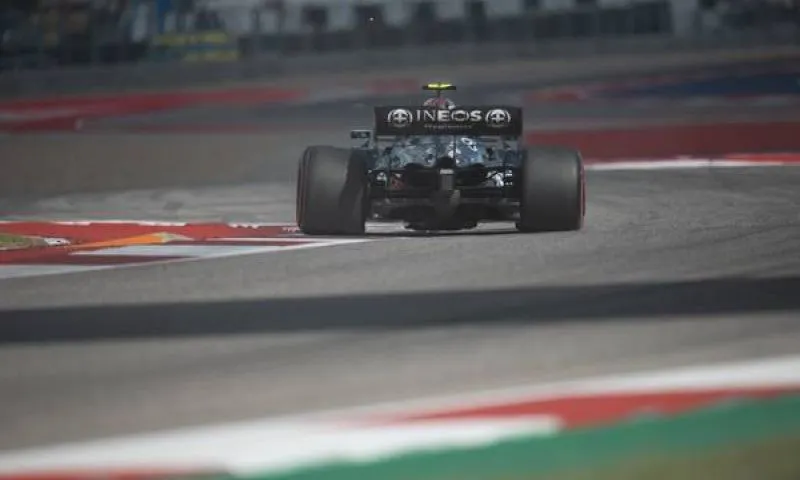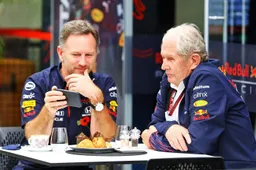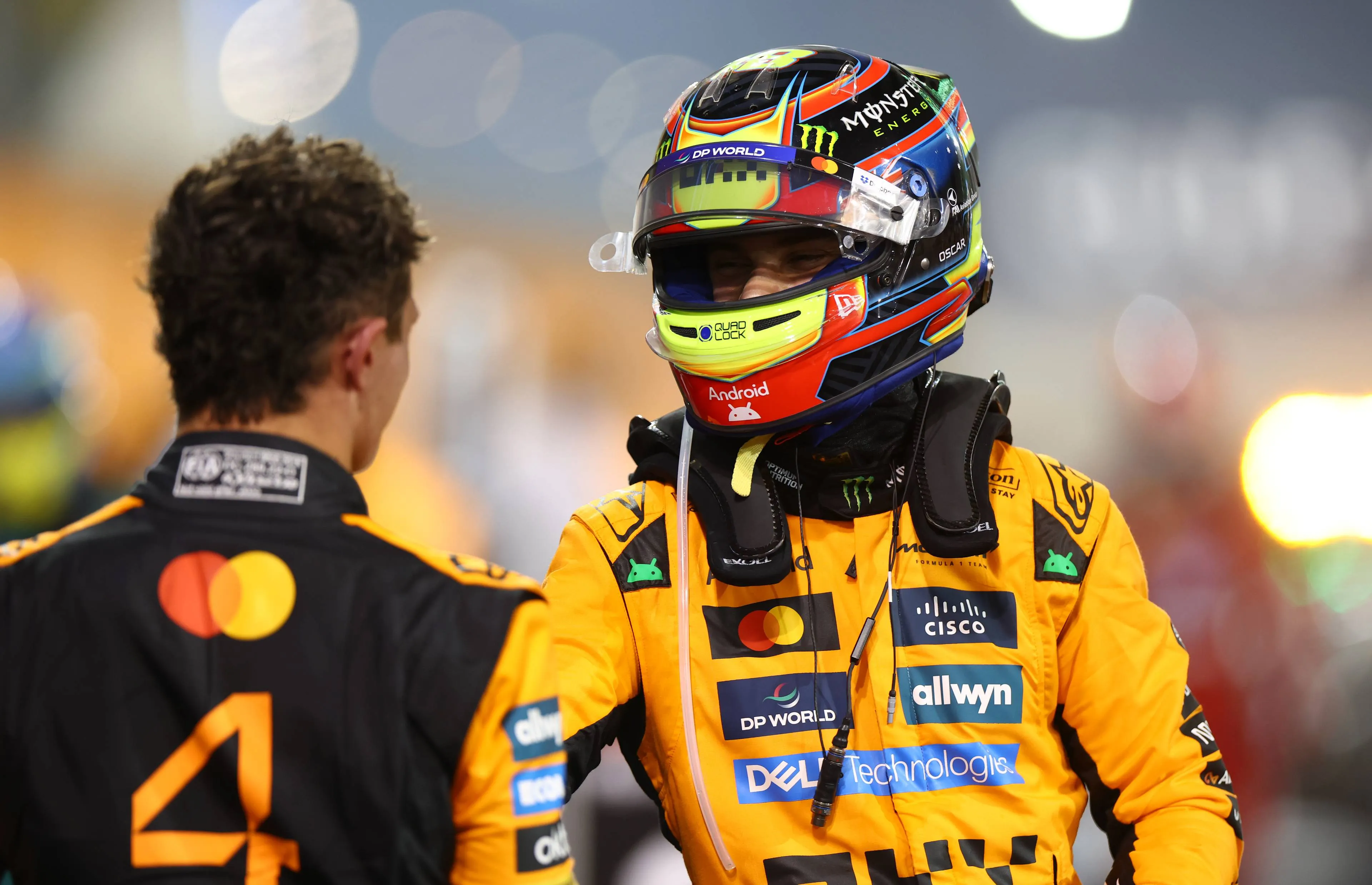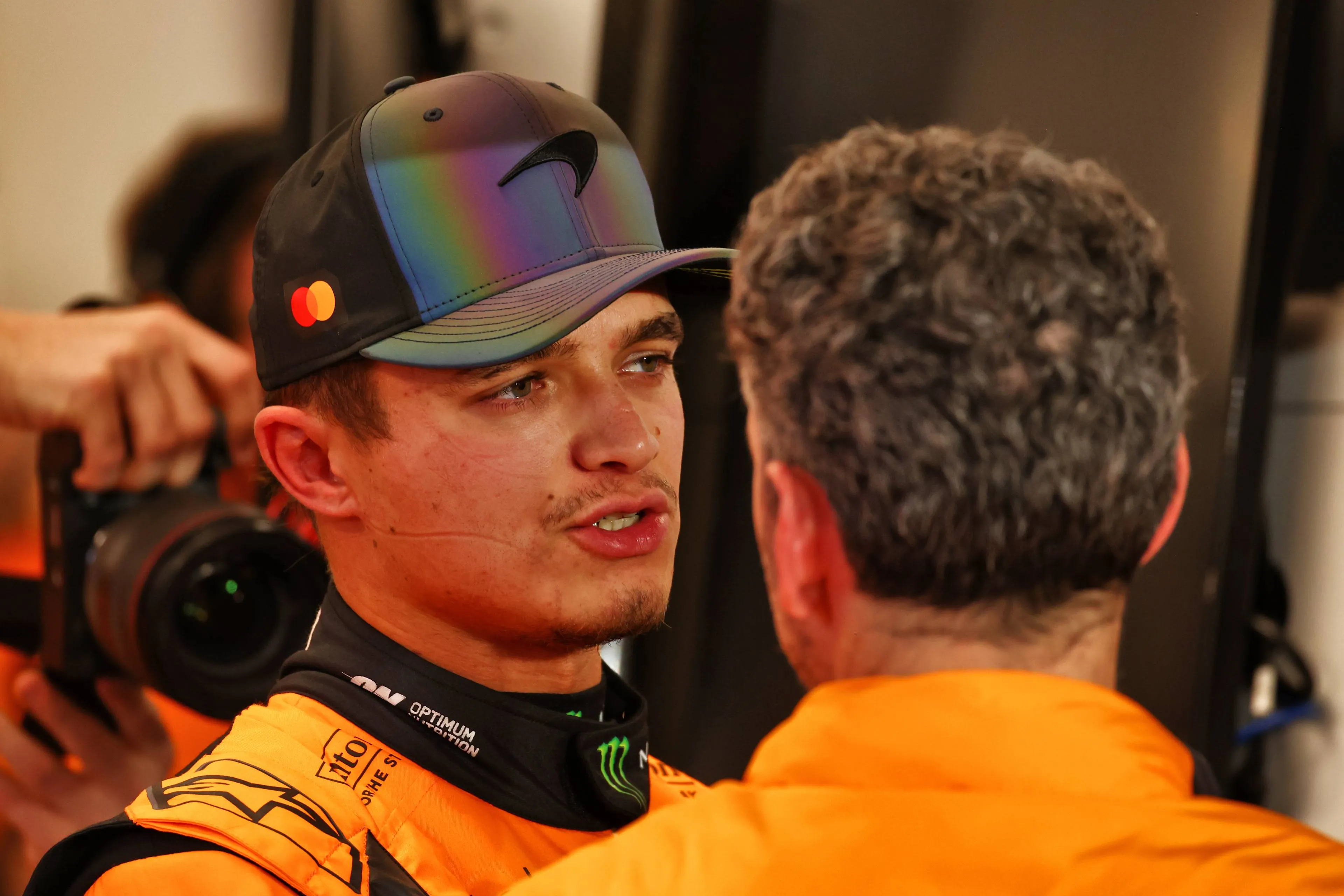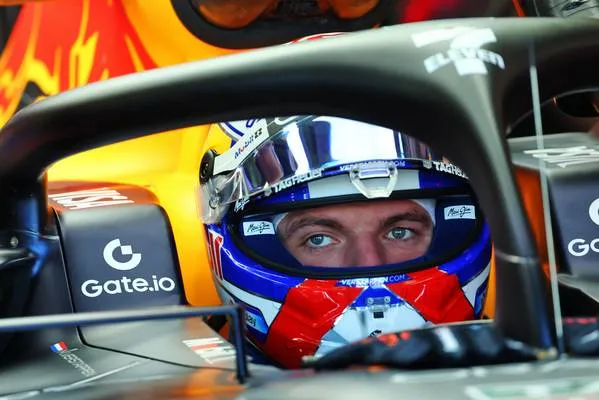Could this be why Hamilton pulled the steering wheel forward in Brazil?
07:30, 17 Nov 2021
61 Comments
Onboard footage from Lewis Hamilton's car in the 2021 Brazilian Grand Prix seemed to show the seven-time World Champion moving the steering wheel forward and backwards as he headed down to turn one. Mercedes dismissed these claims as an "optical illusion or some play in the steering column" but what could be happening inside the W12?
The old DAS system
In 2020 pre-season testing, Mercedes sent a shockwave through the F1 paddock. Footage emerged of both Hamilton and Valtteri Bottas moving the steering wheel forwards and backwards. When this action was performed by the driver, the front two wheels pointed in and out. This allowed Mercedes to have better control over the tyre temperatures.
The whole Pirelli tyre could be heated more evenly. Mercedes worked with the FIA on developing the 'duel axis steering' system which took a number of years. It was deemed illegal but the technical regulations were changed in meaning they couldn't carry it over into the 2021 season. The example in Brazil is slightly different. The steering moved slightly as the Brit approached the braking zone.
GPblog spoke to Mercedes about the footage of Hamilton's steering wheel. Mercedes responded: "It’s either an optical illusion or some play in the steering column - which can happen as they age - and is not a desirable characteristic. The steering system is homologated since start of season so has been the same all year. Any further interpretation than this is, as previously mentioned, conspiracy theories." Click here for the full story.
Speed trap
The website Pitwalk highlights the difference in the speeds measured during the sprint race. Hamilton raced at 348km/h with his teammate at 308km/h. A difference of 40km/h. Meanwhile, the two Red Bull teammates were within 3km/h of each other which can be explained by the two drivers having a slightly different set-up. The Mercedes difference is too big to be explained by set-up alterations.
The German website suggests that the Mercedes car uses hydraulic shock absorbers, both on the sides and on the third element in the middle of the car, in the transmission. The hydraulics work via small valves in the dampers that let the hydraulic oil through in different volume flows. If you manage to influence the opening and closing times of these valves, you can virtually pull the dampers down. This allows the whole car to be lowered, reducing drag on the straights and increasing top speeds.
Mercedes were also strong on the straights in Turkey. Downforces is needed on Formula 1 cars for the corners but downforce brings drag. Whilst downforce is needed for the corners, you want to remove as much drag as possible for the straights. By flattening the ride height, the drag is reduced from the car. By reducing this drag, Mercedes can then use more rear wing which Christian Horner alluded to in Brazil. The Red Bull team boss said that Mercedes had a "Monaco rear wing" on their car and that was "impressive."
When lugging and even more so when braking, the dynamic axle load shift ensures that the rear end pushes upwards, just as in a road car when braking before traffic lights for example. This brings downforce back on the car where it is needed in corners. This trend can be reinforced by actively influencing the valves in the dampers. The same works when driving in a straight line. The airstream already pushes the car down when it gets caught in the rear wing. By influencing the dampers accordingly, you can ensure that the car drops even further and the rake is visibly lowered.
Is this illegal?
In Formula 1, it is illegal to have this system automated. Active suspensions are not allowed. Therefore, to make it legal in Formula 1, the driver himself needs to make a command. If Pitwalk is right and Mercedes really does have this on the car, Hamilton will need to actively do something and this could be the forward and backwards movement on the steering wheel.
It is suggested by the medium that Hamilton pulls the steering wheel towards him and therefore issues a command that is transmitted to the valves in the side shock absorbers of the rear axle. Hamilton pulls the steering wheel toward him during or just before braking. This causes the car to go back up in the rear. So the system is activated in the pressed state on the straights; the car then squats at the rear, and the air resistance is reduced. If the steering wheel is pulled, this manually deactivates the control of the damper hydraulics.
If Pitwalk's theory is correct, Red Bull will undoubtedly want to raise this with the FIA like they did with DAS. It'll be interesting to see what Red Bull say in response, and if this system will become part of the next debate with the FIA.
Read more about:
Popular on GPBlog

1
F1 LIVE | Verstappen and Red Bull warned, early exit from Ferrari predicted for Hamilton
2275 times read

2
Kelly Piquet shows off baby tummy on Verstappen's Yacht
1131 times read
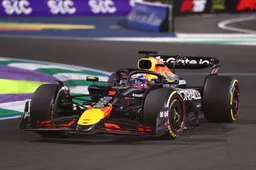
3
Horner looks forward to 'Exciting' new project with Red Bull Racing: 'No risk, no fun'
709 times read
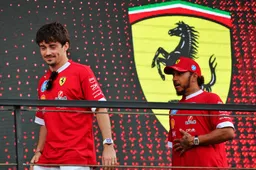
4
Ferrari announces this striking new look for the Miami Grand Prix
694 times read
